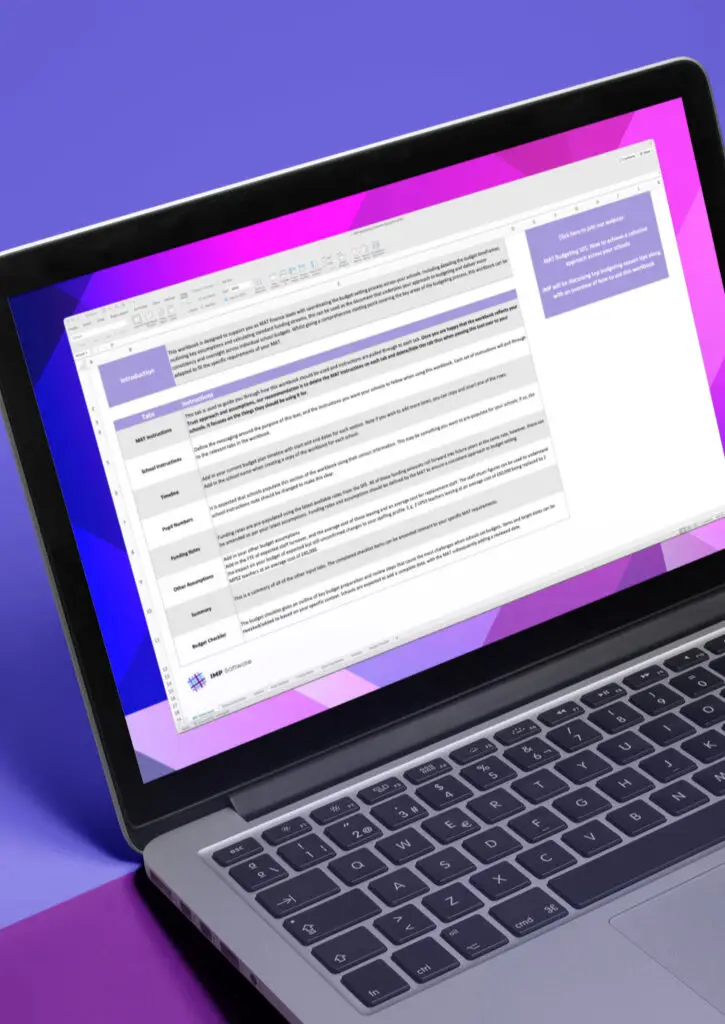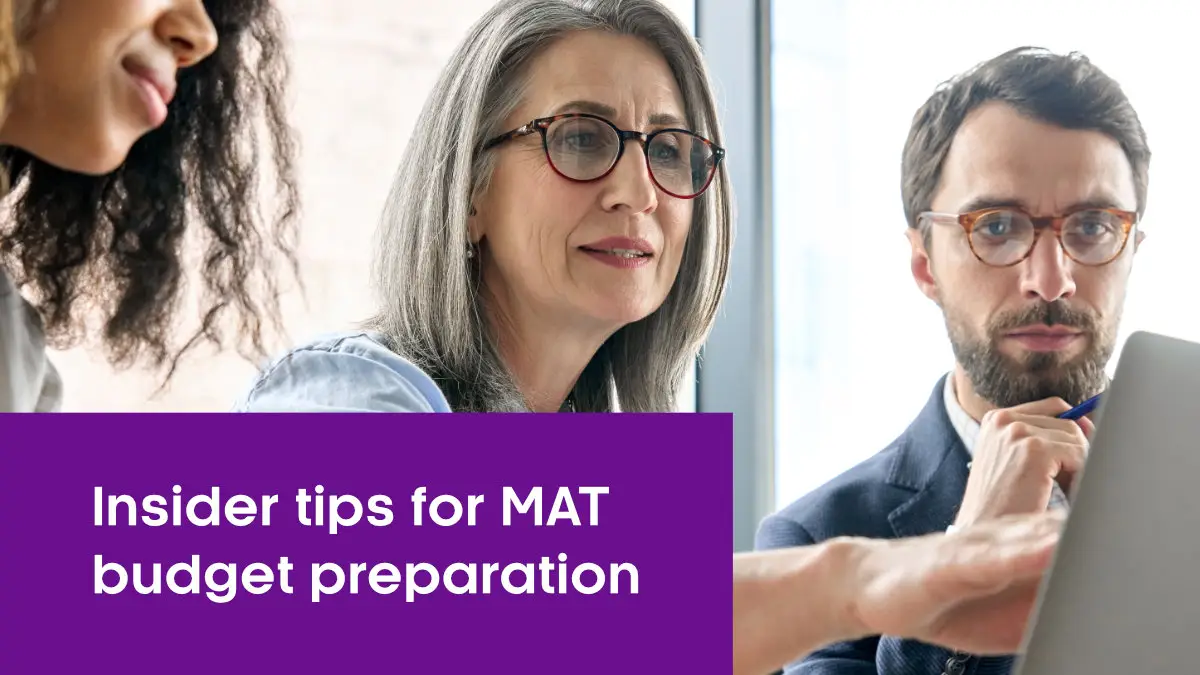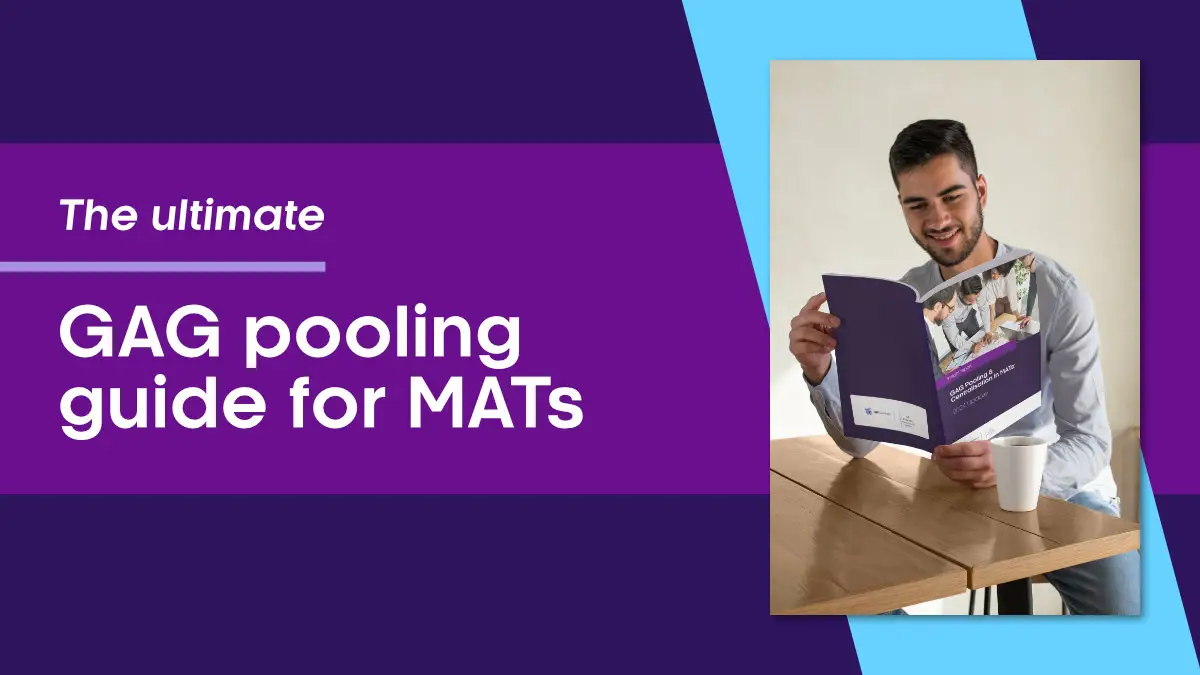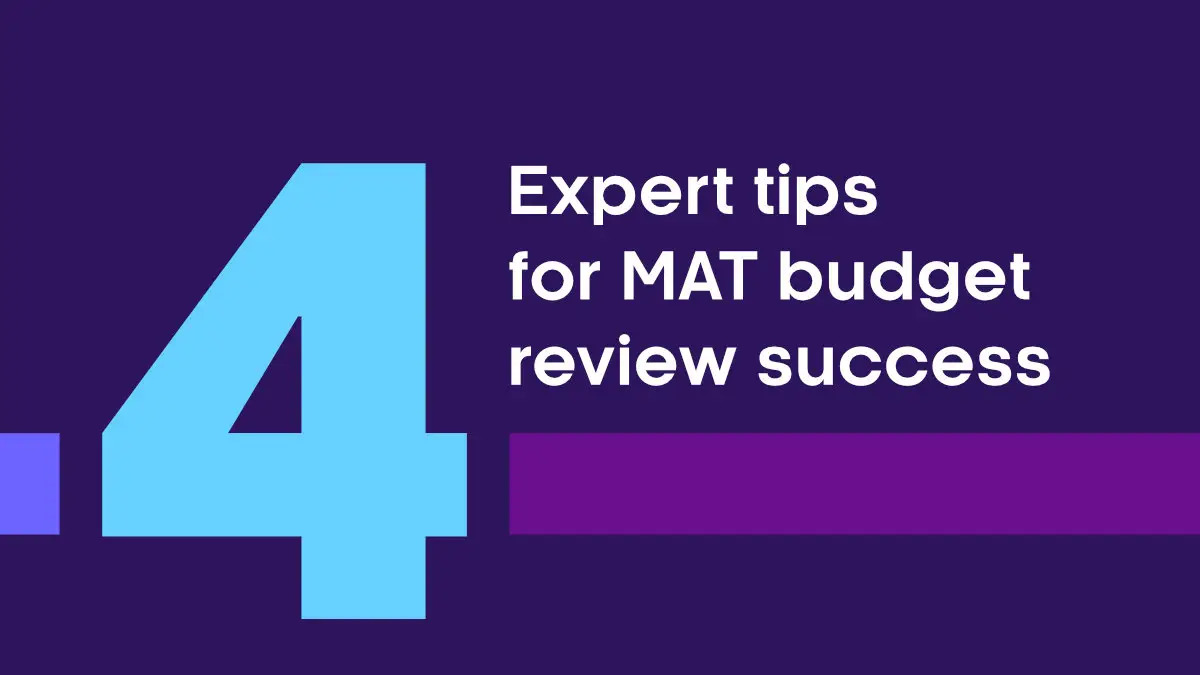Before you read: We ran an exclusive webinar to deep dive into our top budgeting season tips, for streamlining your budgeting process and achieving a cohesive approach across your schools.
Webinar | On-demand
Coordinating a budget across multiple schools comes with some significant practical challenges and requires a sizeable effort to ensure budget assumptions are applied consistently and reflected accurately within your numbers.
As schools and multi-academy trusts enter the budget-setting period for 2024-25 we look at some top budgeting tips. Split into two parts: budget preparation and review stages, we hope these tips will help reduce the risk of inaccuracies when creating your budgets and support a more joined-up and collaborative approach to delivering a balanced picture during a period where budget pressures are ever-increasing.
Whilst not intended as an exhaustive list of all the tasks you will have to complete during the process, we focus on those areas that through feedback we know trusts and schools struggle with to ensure a robust and coordinated approach.
Want to ensure consistent assumptions across your schools? Download our interactive budgeting checklist here:
Top Tip #1
Analyse your pupil number predictions using local authority and admissions data
Pupil numbers are one of the key drivers in your budgets. Use local authority and admissions data alongside risk factors and local data. E.g. Analyse how many pupils have turned up for open days and see how this compares to previous years. Analysing expected pupil intake using the data sources available can lead to a much better prediction as to the number of ‘bums on seats’ you can expect in the new academic year, thus reducing the risk of over/understating your income or your required curriculum provision.
IMP Planner naturally consolidates all pupil number information so that you can analyse the data across all of your schools, and understand the direction of travel, to see if this aligns with the broader local authority birth rate data and historic trends.
Top Tip #2
Plan for, and understand, recruitment based on curriculum plans and class structures
Rather than budgeting for staff structures based on the current staff model, create detailed curriculum plans aligned to your school improvement plans and priorities to ensure that recruitment decisions always reflect your evolving needs and changing financial landscape. This is important for identifying potential inefficiencies and additional staffing requirements. Ensure resources are allocated and aligned to your areas of priority.
IMP ICFP will take your pupil number projections, coupled with your curriculum planning data, and calculate the number of groups and/or classes that are required. This data is a must before understanding the suitability of your current staffing data. IMP ICFP does the legwork for you, not just for next year, but for the following five years, which will show how longer-term pupil number changes could impact your curriculum plan and staffing levels going forward.
Understanding the scale of movement in the future is a helpful framing before you start making decisions around next year’s staffing levels.
Top Tip #3
Update your projected staff changes
The changes to your staffing structures and understanding of any gaps due to movers or those on parental leave help to give you a head start in your recruitment process, allowing for a timely process and access to the best pool of candidates. There may, of course, also be new starters and potentially people returning from parental leave or other time away from school to factor into your planning. Compare these to staffing requirements for curriculum plans and class structures to establish your recruitment need/vacancies.
IMP Planner provides consolidated multi-year staffing reports which can be reviewed centrally, for all schools. You can see the FTE difference between two months or years, to help view where changes are being made and if those changes make sense when compared to the evolving curriculum requirement.
Top Tip #4
Make sensible pay uplift assumptions and reflect these in your budget workings
Similarly to pupil numbers, pay awards have a significant impact on your budget. It is not unusual for pay awards to be uncertain during the budget-setting cycle so arriving at sensible assumptions is incredibly important. Conversing with sector peers, using external budget setting assumptions e.g. ASCL and reviewing latest pay offers from sector bodies, are imperative steps to arriving at assumptions for pay awards.
The good news in the uncertainty is that IMP Planner will enable you to set and change pay scale uplift assumptions centrally at the click of a button, regardless of how complex your pay scales are. Even if you work across different legal authorities with differing pay scales, IMP Planner can manage all of these centrally regardless of the variations that exist within your trust, preparing you with fully costed plans, however the award plays out.
Top Tip #5
Calculate and mitigate the impact of alternative pay award assumptions on budgets via ‘what-if’ planning
Arriving at sensible and well-thought-through pay assumptions is important. However, given the level of uncertainty in this area it is crucial to assess the impact on your budget should the actual agreed pay awards be different to what you have budgeted. Should any negative impact on the budget materialise this can be supported with a mitigating plan of action. For any positive impact, you can outline a plan of how those funds will be used should that opportunity present itself.
With MAT-led scenarios, IMP Planner will also enable you to do ‘what-if’ planning, to see the impacts of various potential pay awards. Whilst the general pay award is often predictable, ‘it’s not final until it’s final’ (think back to the summer of 2022!), so being able to ‘stress test’ scenarios that include higher/lower awards will give you and trustees greater confidence, regardless of what the eventual award might be.
Top Tip #6
Consider and update budget assumptions for your key funding streams
Whilst funding rates are unlikely to be confirmed for budget years two onwards, applying some thought around percentage increases for GAG and other key funding streams, including Pupil Premium, TPAG, UIFSM, SEN and Early Years, is critical. Whilst ultimately this is a ‘guess’, the direction of travel your school budgets take on a multi-year basis should be considered when making decisions for year one. We recommend funding assumptions are collated in a shareable form, which is made available and updated should anything change.
With IMP Planner, funding assumptions can be updated centrally and will be adopted by all schools immediately. This top-down approach ensures complete consistency across your schools, whilst also protecting your team’s valuable time. Assumptions also change, so it is important that you can be agile with these as you go through the budget cycle.
Top Tip #7
Ensure increments are correctly applied, including teachers moving to upper scale
Reviewing staff are incrementing as expected e.g. M6 to UPS1, safeguards against any potential understatement of cost. Alongside this, you can review any payments for additional responsibilities that are still appropriate as per your curriculum and staffing structure designs.
Practically, IMP Planner will ensure that all teachers flow from main scale to upper scale, and then spend two years at each point. Whilst this is the default assumption, you can make changes to this if required, but in all cases, you are not reliant on individuals to ensure that staff increment up or between scales. This is easily missed, in our experience, but can have severe budget implications if omitted – you cannot miss an increment with IMP.
Top Tip #8
Consider expected churn and its net impact on your budget
Whilst schools may not have confirmed which staff will be leaving, they may be expecting some turnover, for example, x number of experienced teachers (e.g. UPS2) being replaced by x number of less experienced teachers (e.g. M2). Considering the average cost of those staff moving on against their replacements allows additional funds to be released and used elsewhere. Ensure this is a deliberate calculation rather than adjusting various staffing assumptions such as increments or % increased to artificially reflect this, as this can be misleading and difficult to identify/unpick.
IMP Planner can build automated assumptions to ensure that expected churn is a defined calculation. You can set the number of staff per year that you expect to leave, per school, multiplied against the average staff cost for the school, but we can then replace these at lower on the scale. For instance, if we lose UPS2s but replace them with M1s, this has a significant impact on the sustainability of the budget and should therefore be an annual assumption that is reviewed and iterated. IMP holds all of these calculations, which use live staffing data, therefore you are not dependent on spreadsheets or individual calculations.
Top Tip #9
Understand non-funding calculated assumptions
Pupil numbers, funding rates and staff pay assumptions are critical to delivering sensible budgets. Other non-funding/non-staffing budgets still make up a substantial proportion of your school budget and attention should be given to assumptions in this area. Like pay award assumptions, referencing external information, e.g. forecasts on the economy, when arriving at assumptions such as general inflation is good practice. For other school/trust-specific assumptions such as top-slice percentage, agreeing your assumptions ahead of the budget-setting cycle ensures those with delegated budget authority are operating within a pre-defined set of parameters and have confidence that key budget drivers will not change midway through the process.
IMP Planner will store all these assumptions centrally and will automatically apply them to all schools. There is no need to communicate assumptions, for your team to then update each school, each year, which you then need to check; you just change the assumption once and all schools will be updated. These assumptions are then locked, so they cannot be changed at the school level, giving you ultimate confidence that your core assumptions are accurate, and all schools are working from a consistent footing.
Top Tip #10
Check your 2024-25 brought-forward balances are correct
It is difficult to aim for a target reserves level without understanding what you will be bringing forward into 24/25 and your 23/24 carry forward balance. To achieve this, you need to understand your 2023-24 outturn forecast. Using the most up-to-date landing position estimate for the current year. This can be fed into next year’s budget as your opening balance. If trust reserves are used to supplement in-year deficits and/or to support capital improvement plans, having the most up-to-date position reflected in your three-year plan means you are making decisions using the best available information. This ‘rolling-reserves’ position can also be assessed to ensure compliance with your trust’s reserves policy. Until you have finished the current year, you do not know what your brought-forward balances are for the next year, so this is often an area that needs to be regularly revisited.
IMP Planner combines the current year with future years, so that all work you are doing to project the year-end outturn, is automatically updating the brought-forward value for your budget. There is no concept of ‘this year’ and ‘next year’ datasets in IMP – we have one multi-year, ever-evolving dataset, ensuring minimal duplicated effort and zero chance of your current year data not flowing into next year’s budget.
Read the next blog in this series:
MAT Budget Review: 4 Top Tips

Want exclusive access to our interactive excel budgeting checklist?
This blog is part of our 2024 budgeting season help series, where we’re helping MAT CFOs navigate the budgeting season and ensure Smarter MAT Finance.



